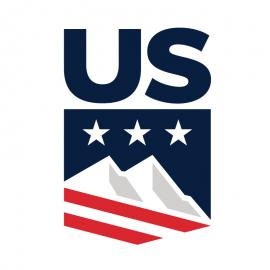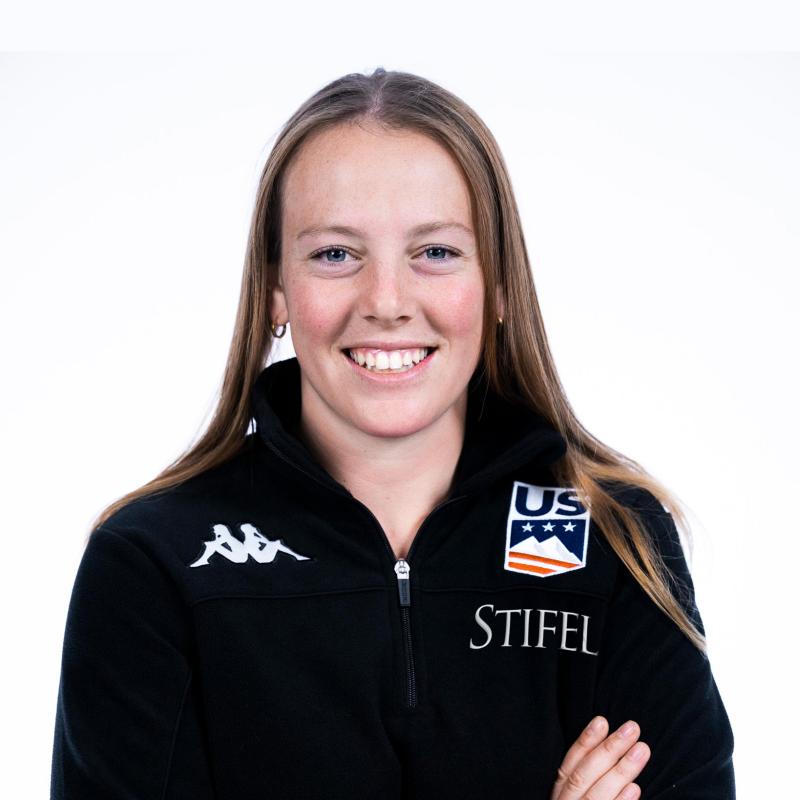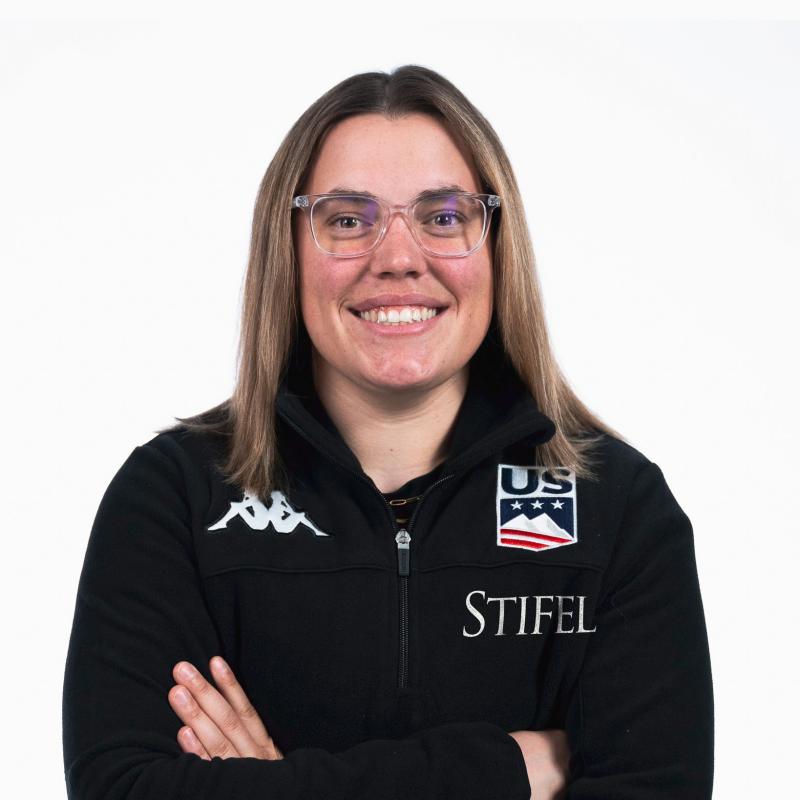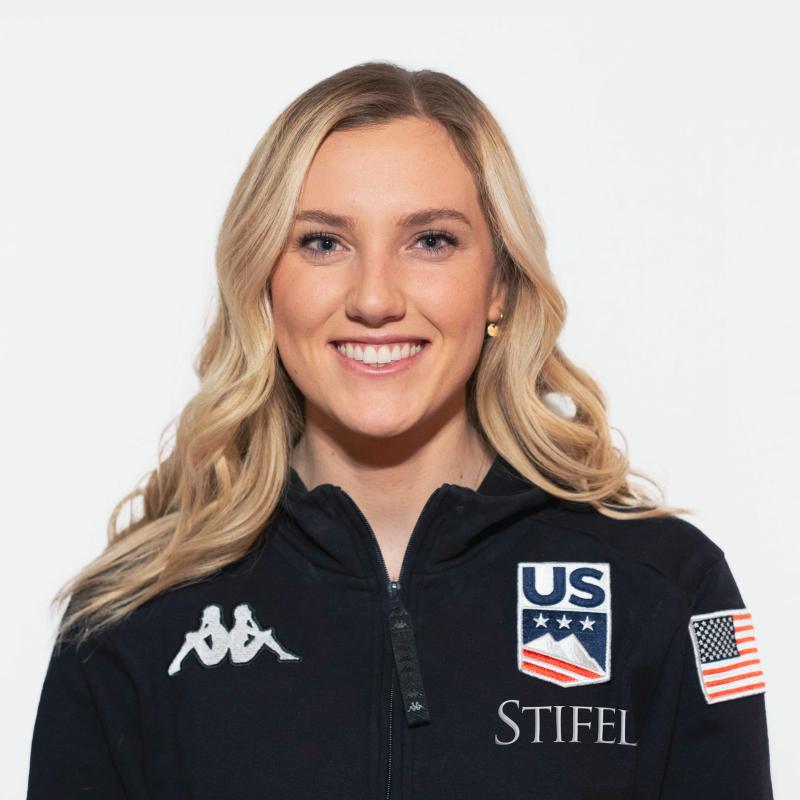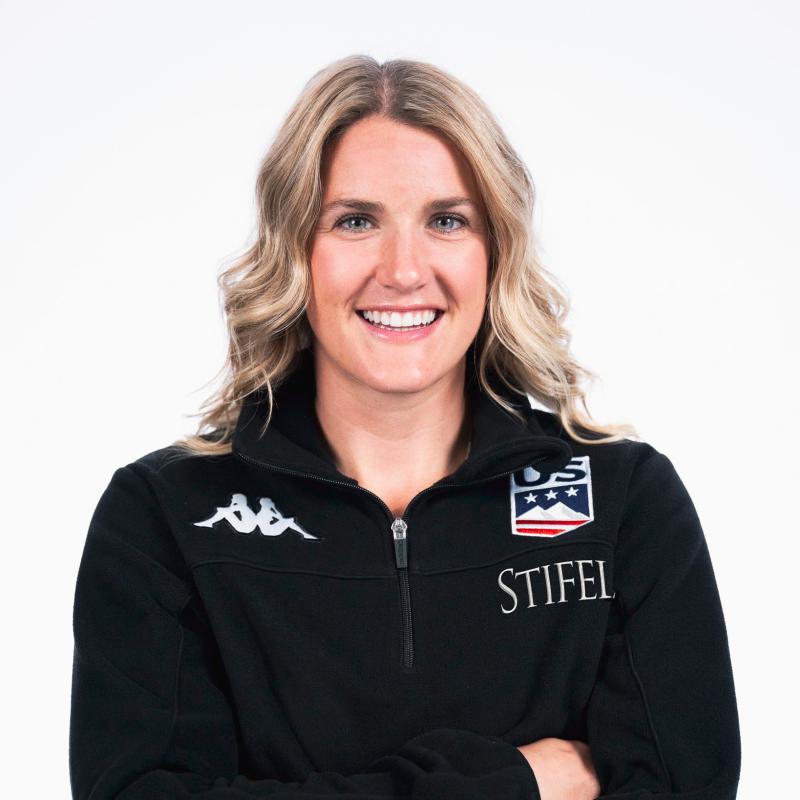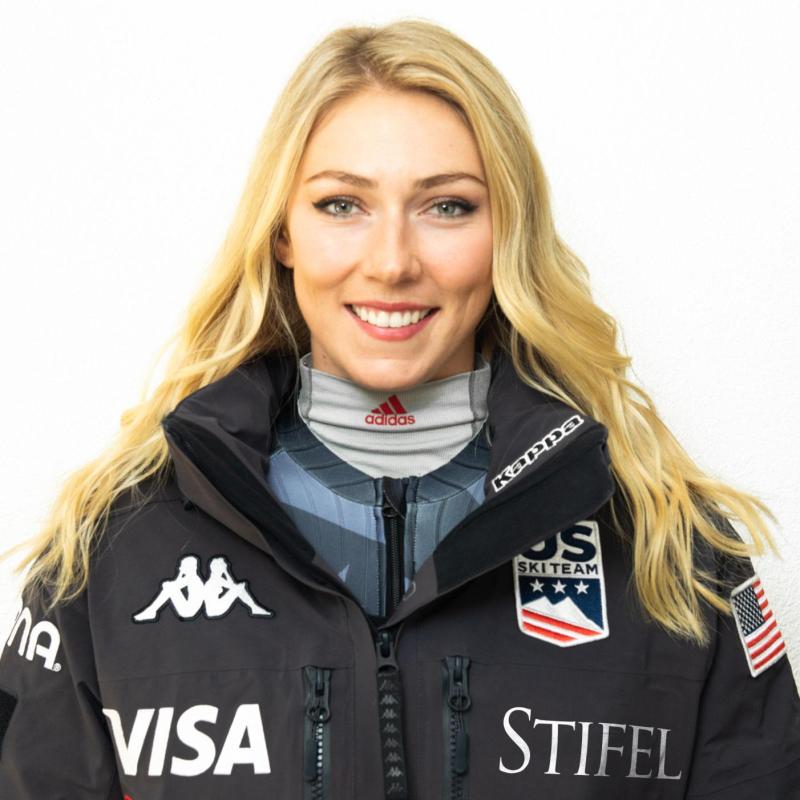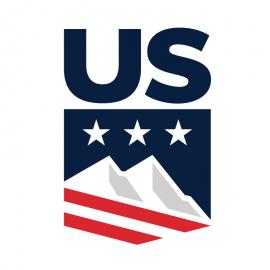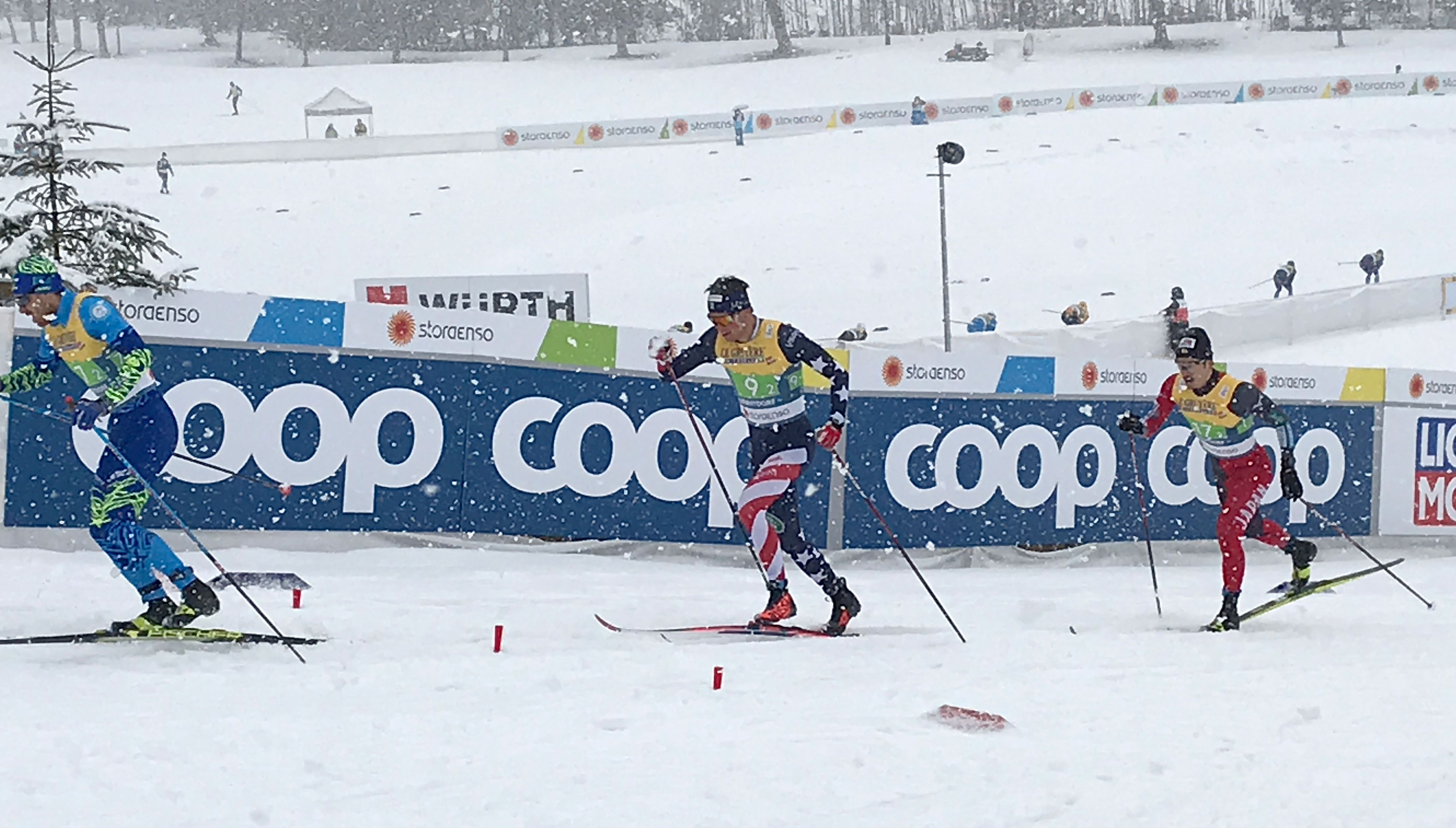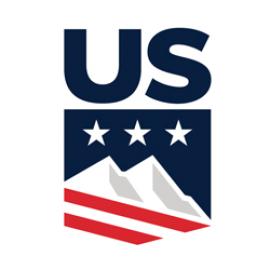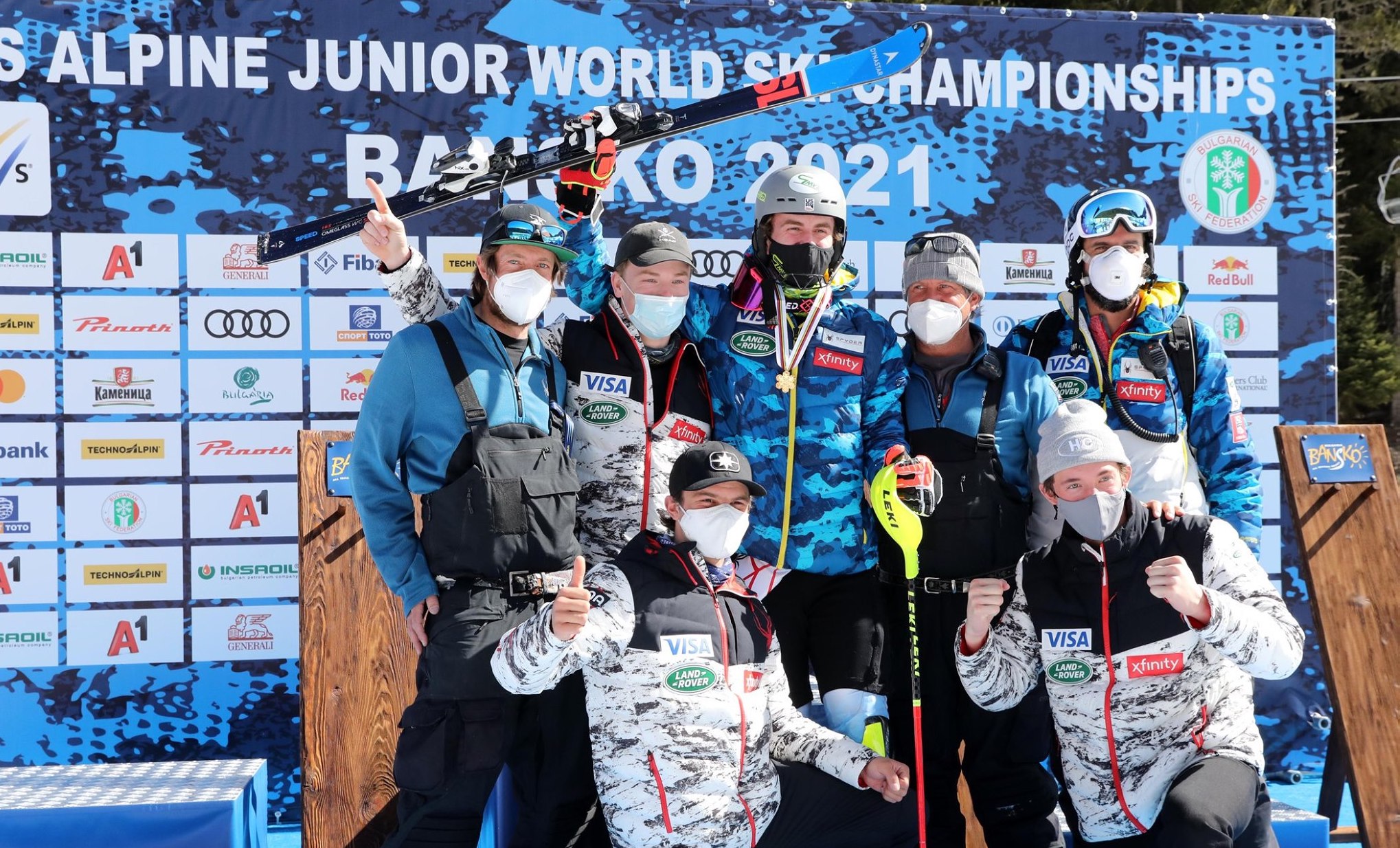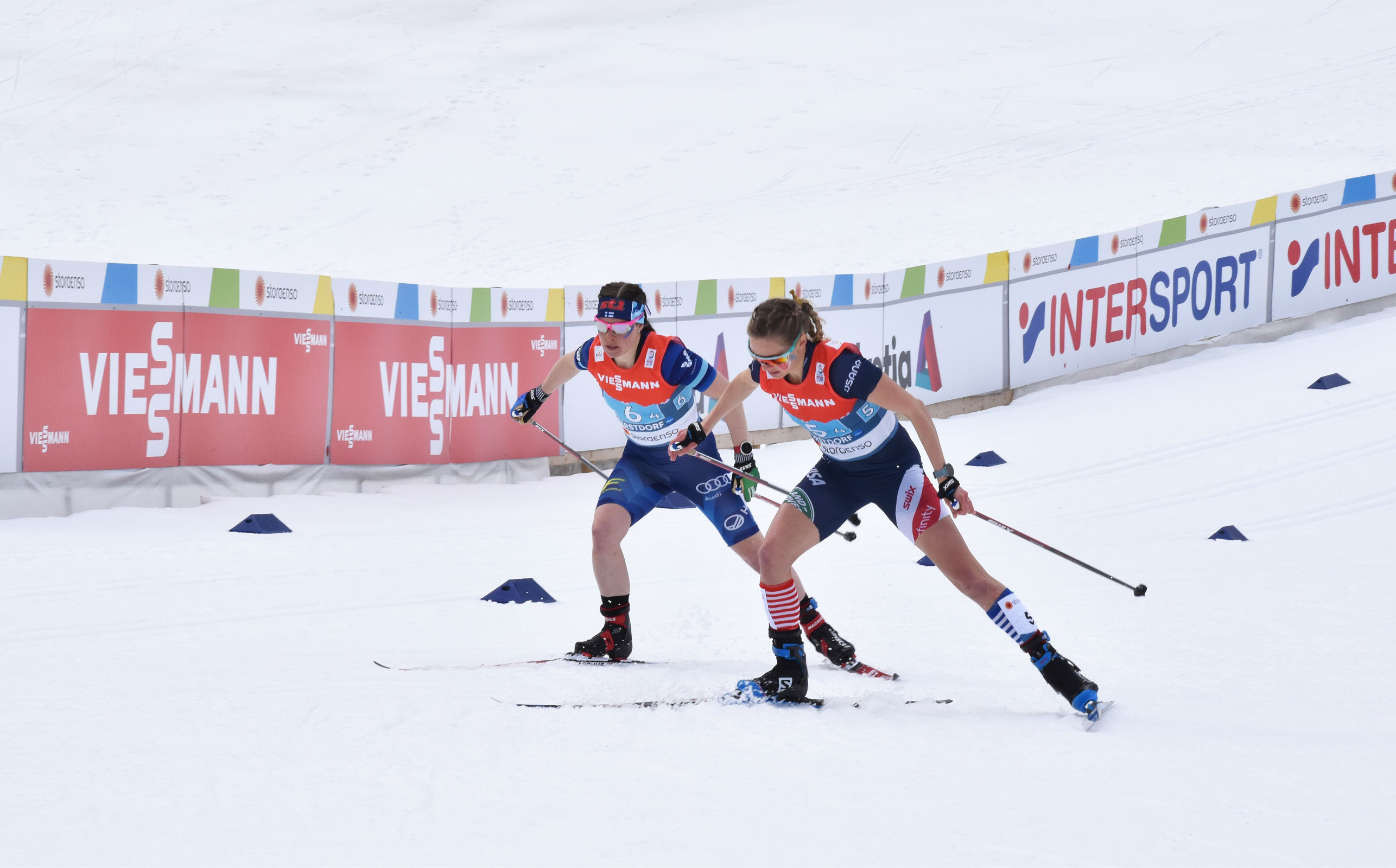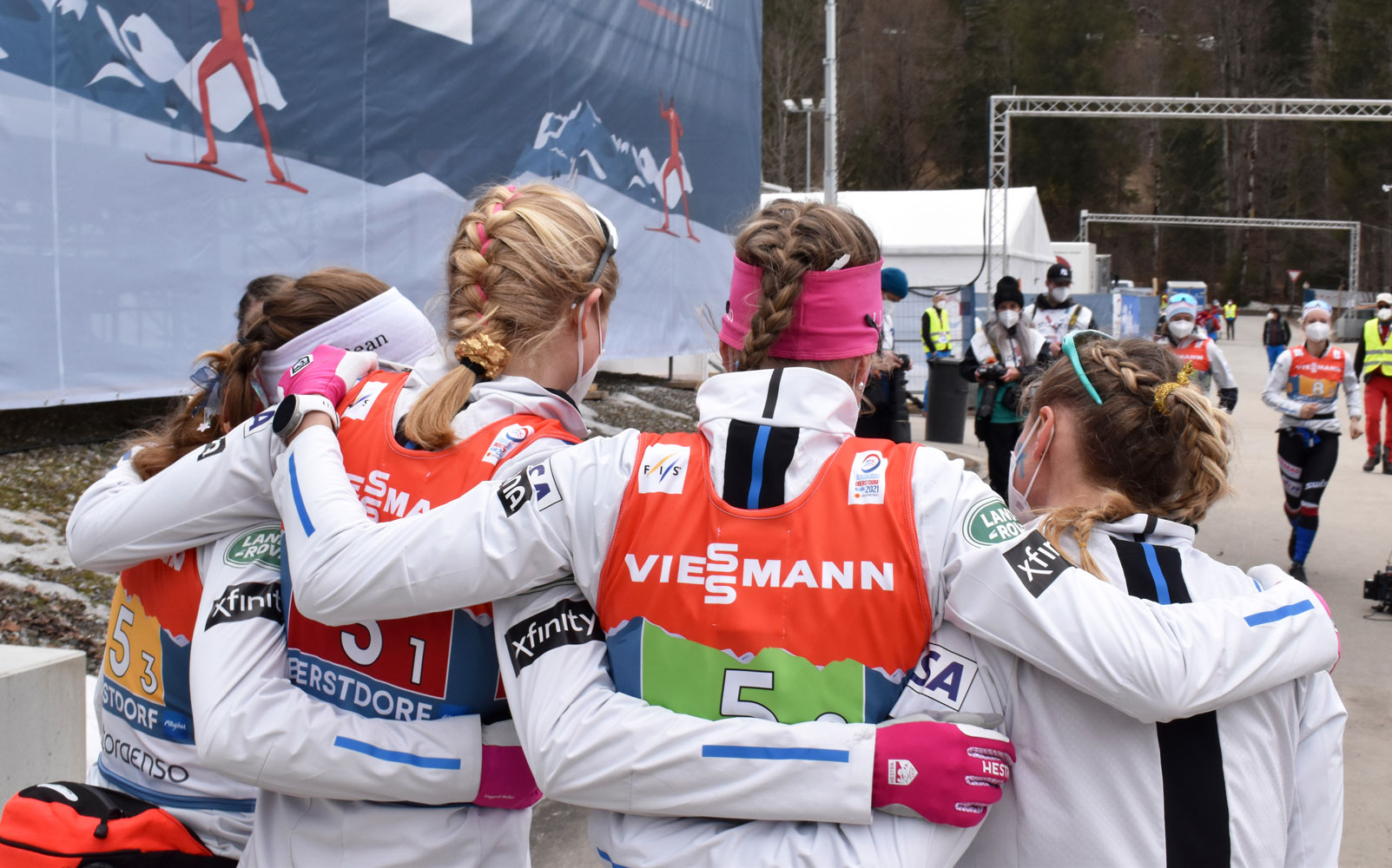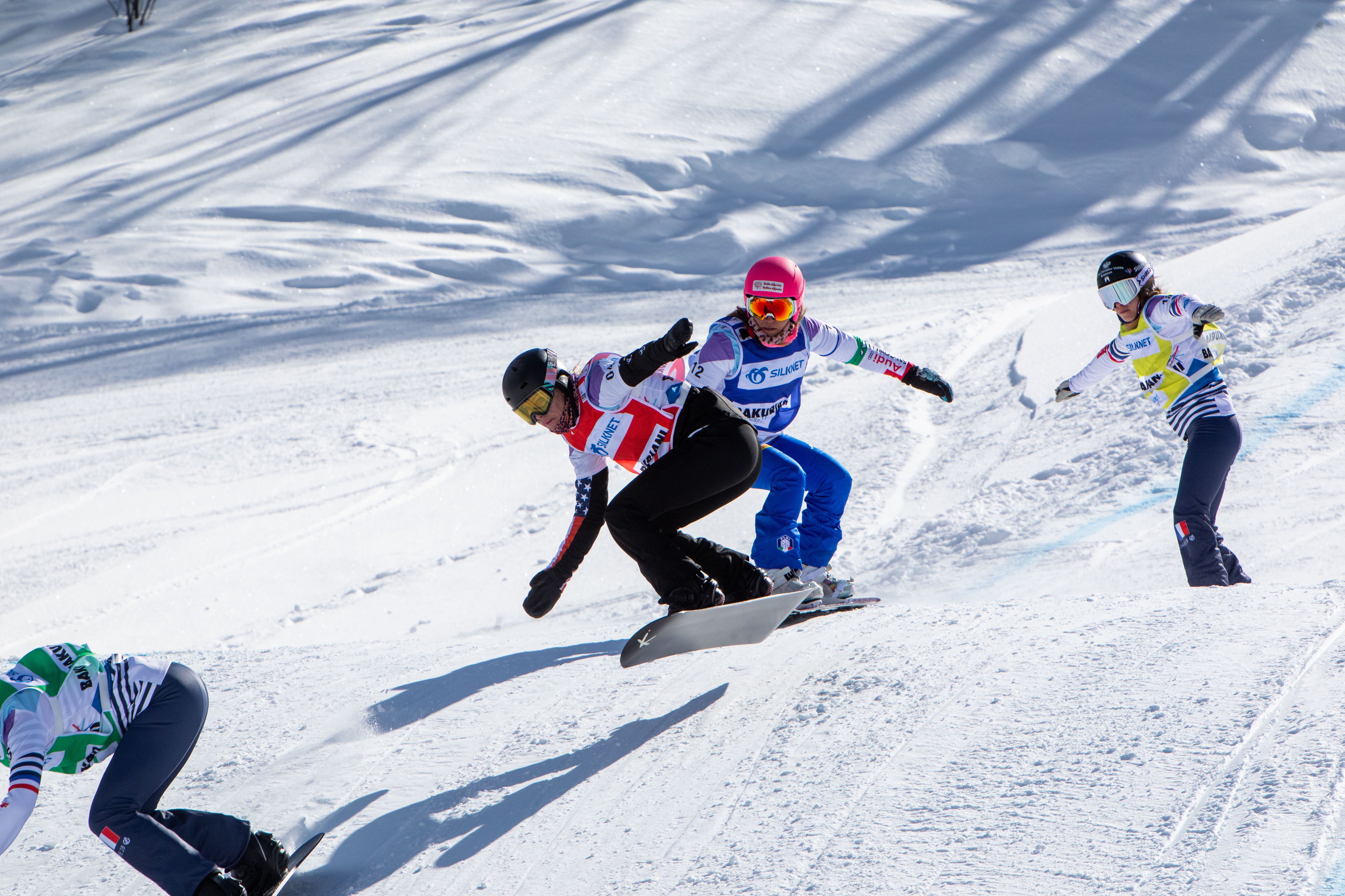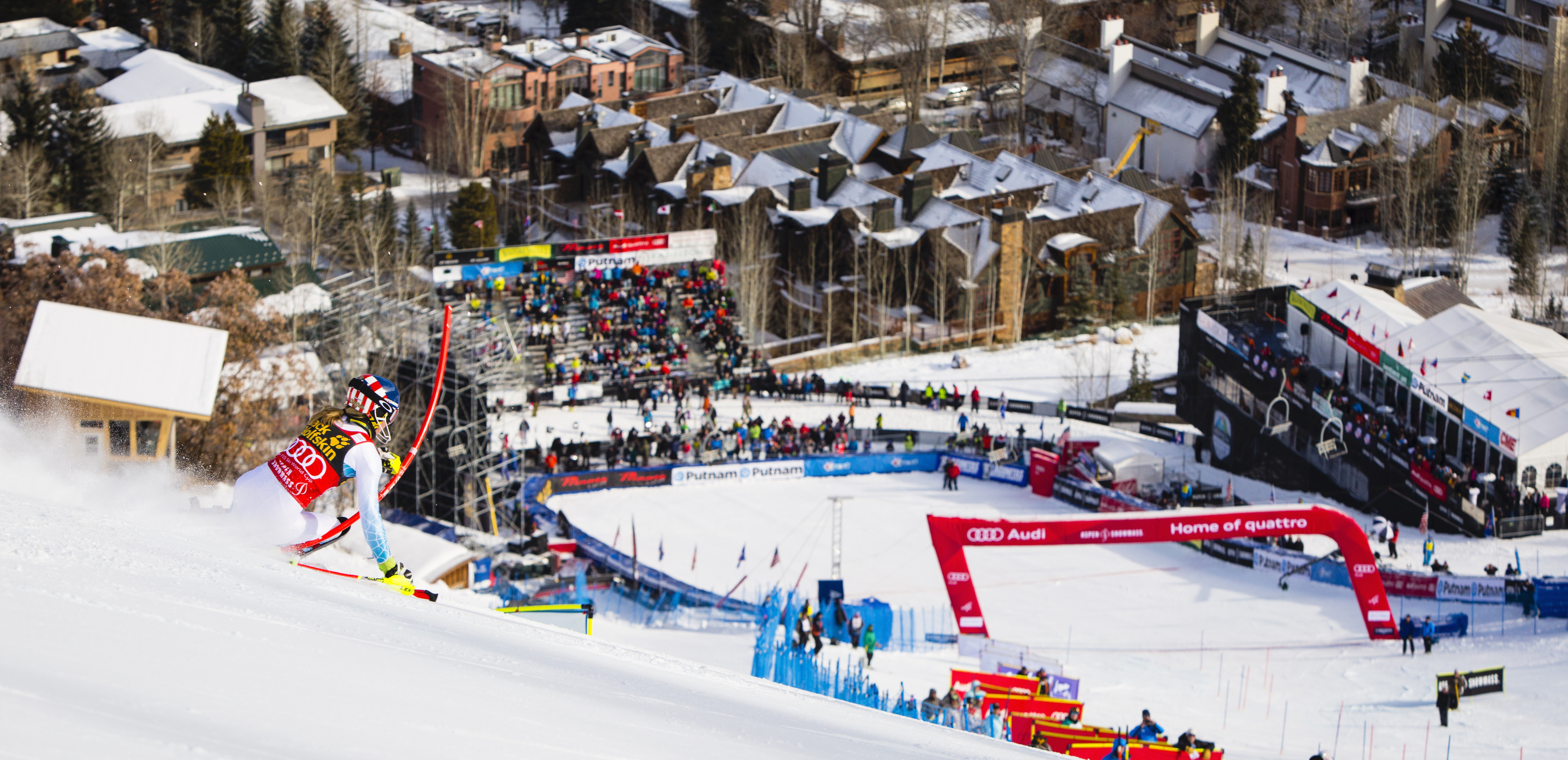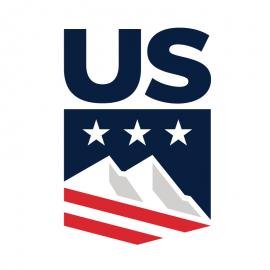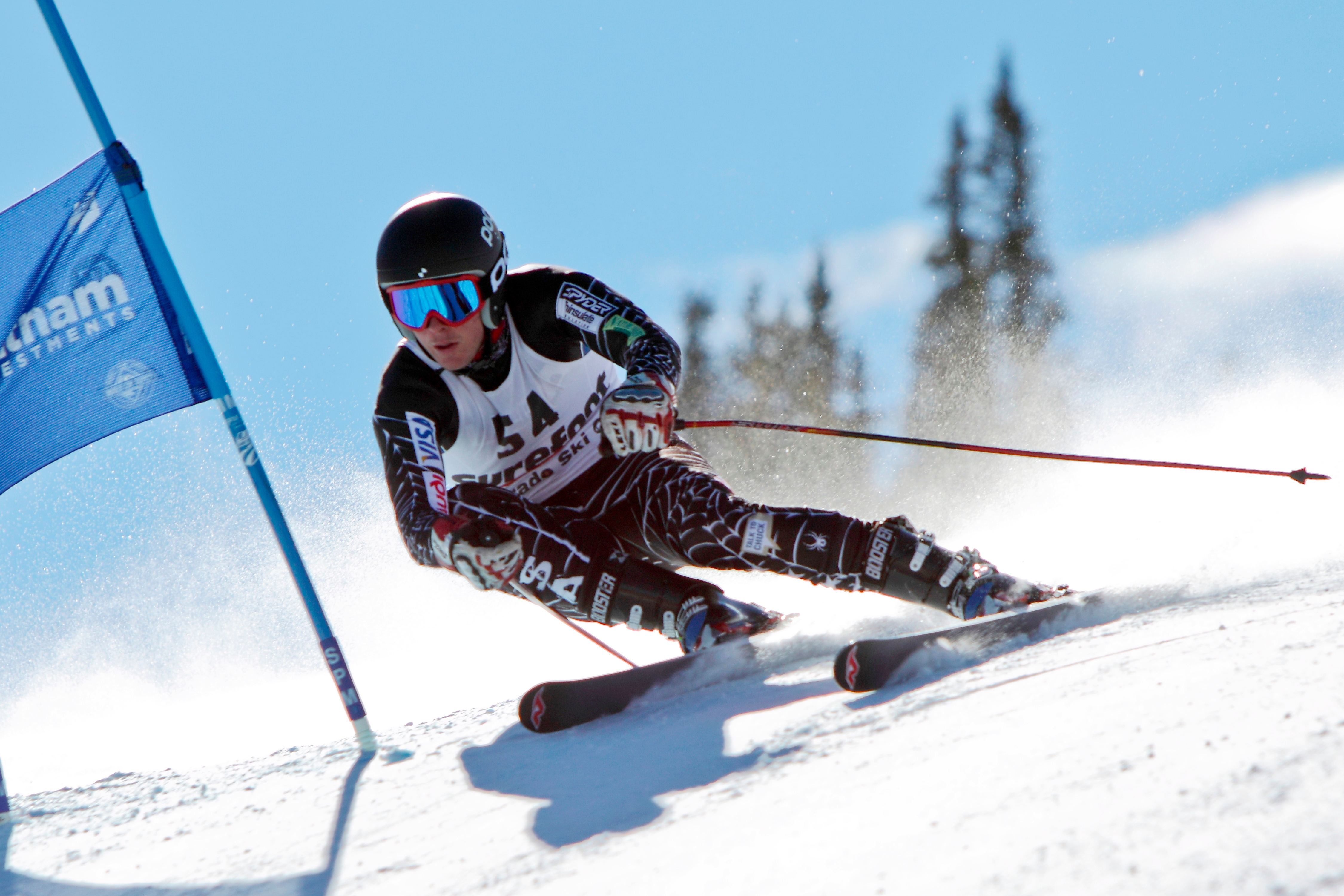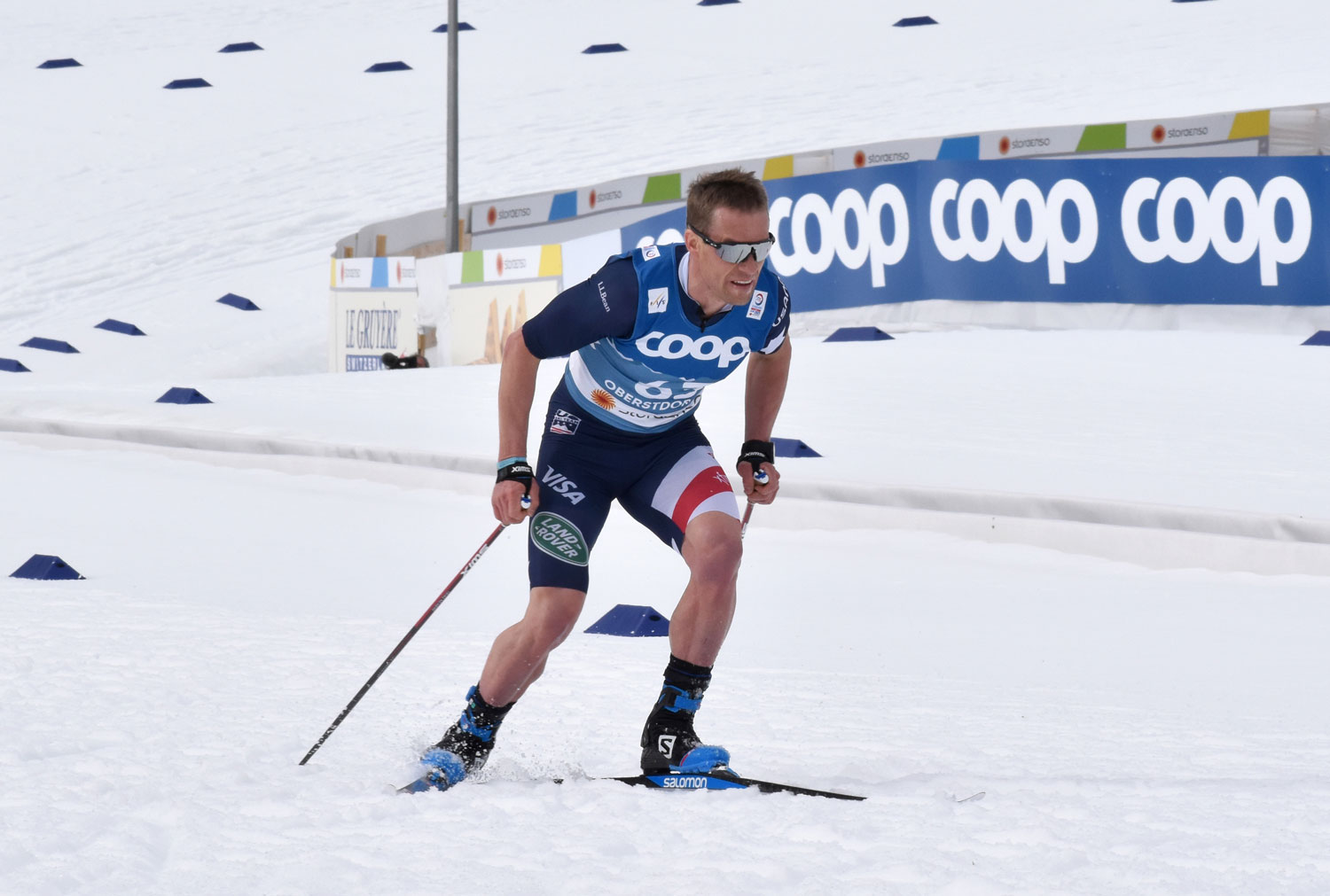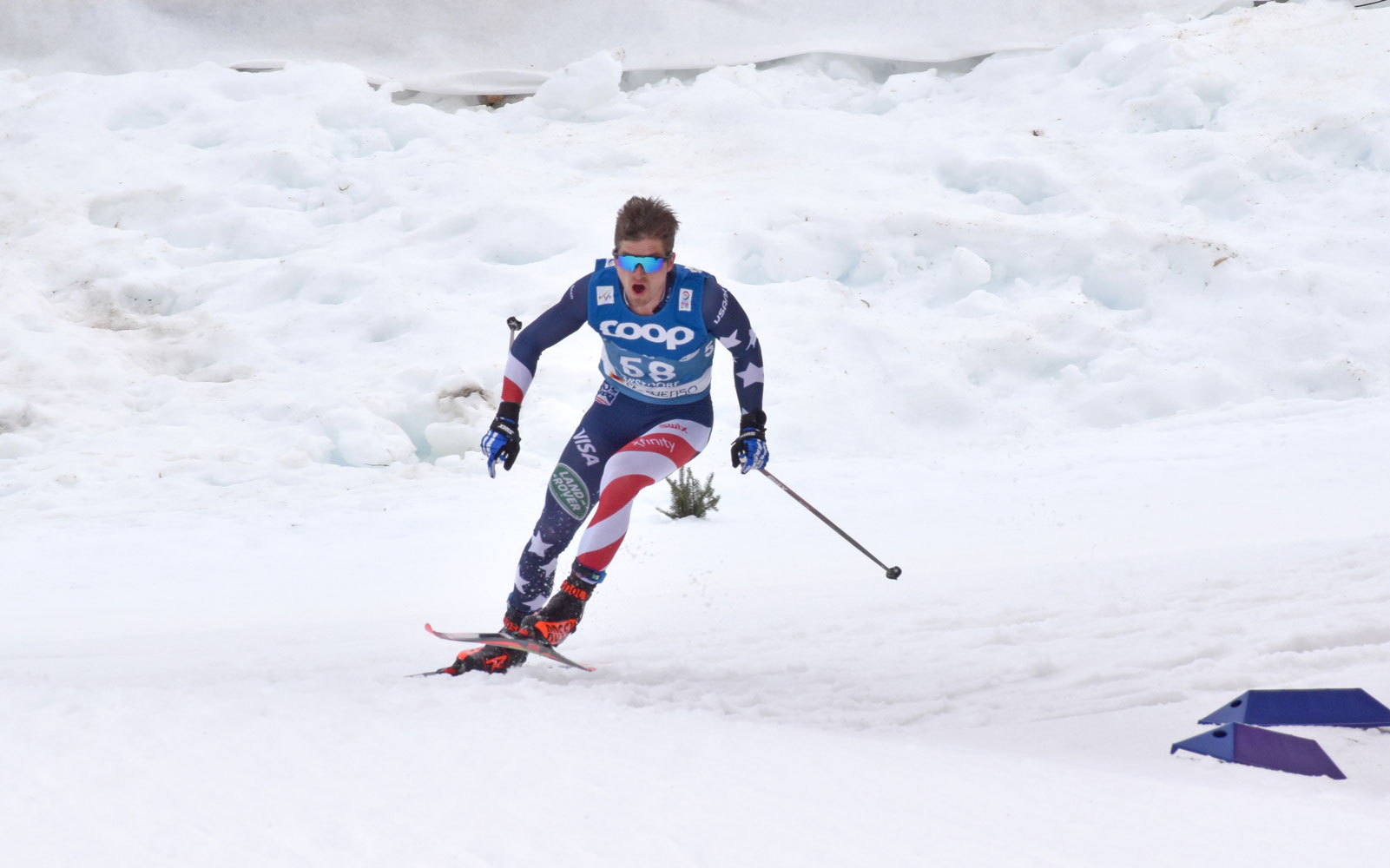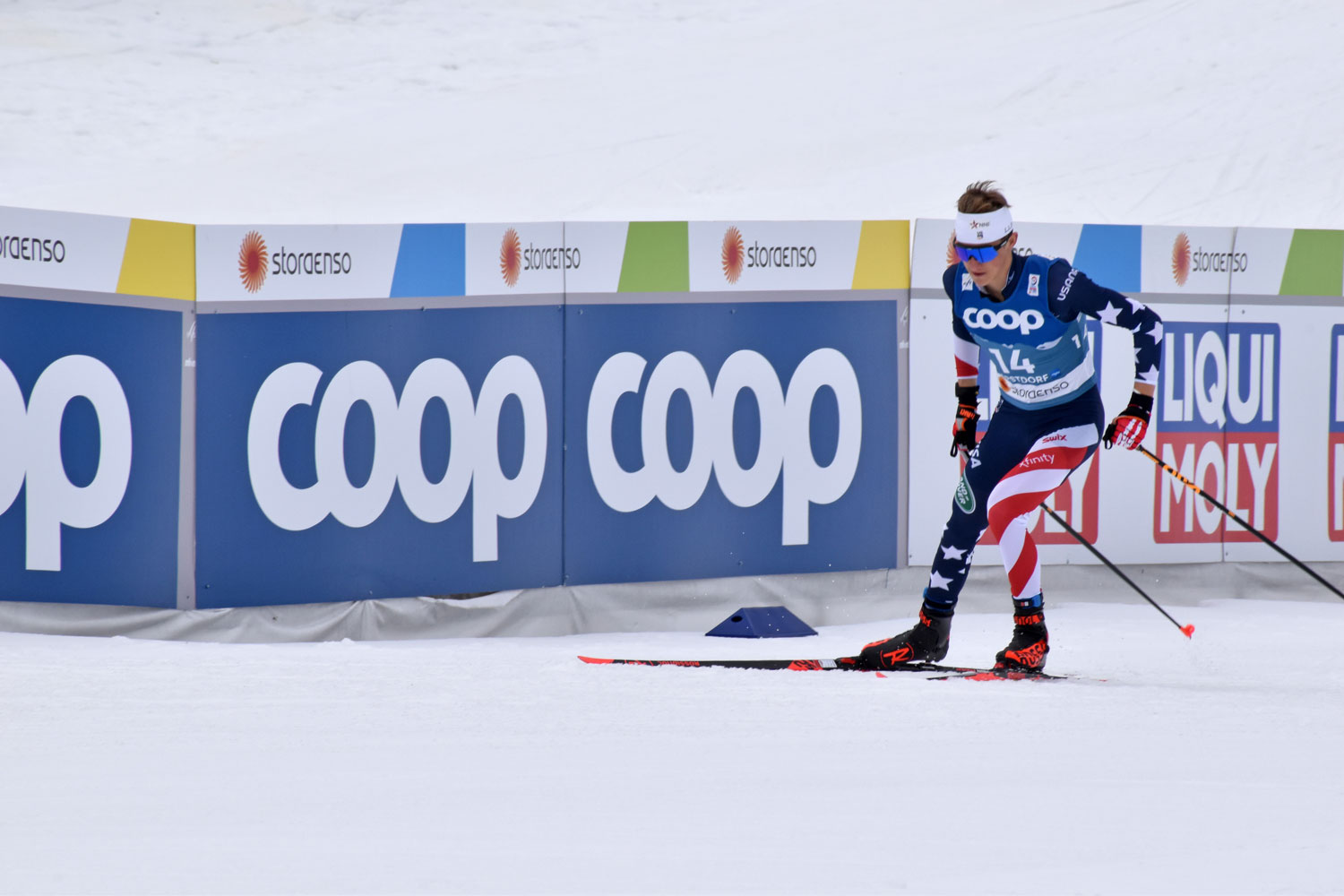Shiffrin Prevails at Jasna for 45th Career Slalom Victory
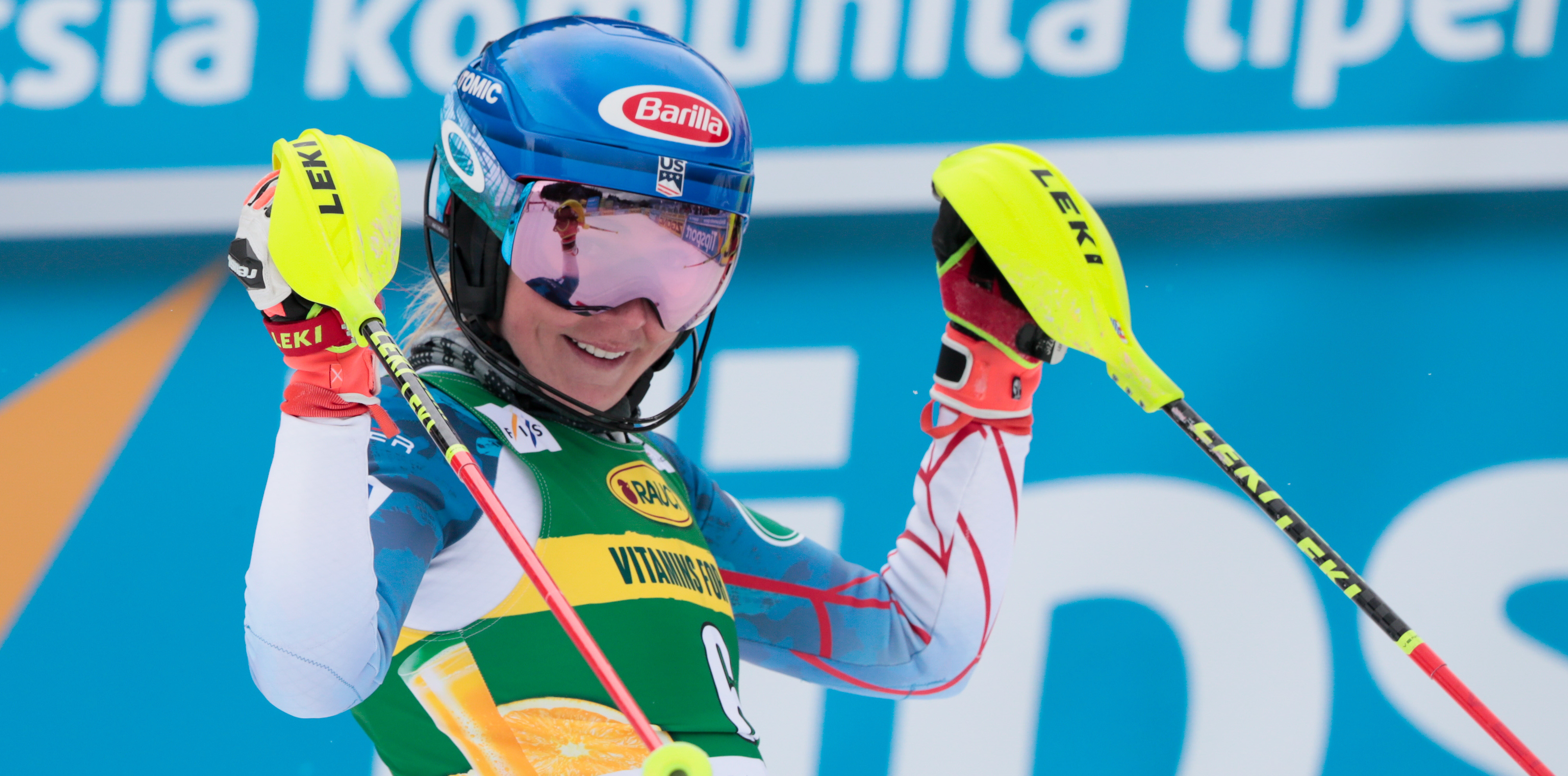
Two-time Olympic champion and six-time world champion Mikaela Shiffrin showed the world that she belongs on the top step of the podium, prevailing over rival Petra Vlhova on her home turf at Jasna, Slovakia, to grab her 45th career FIS Ski World Cup slalom victory on Saturday at Jasna, Slovakia.
Despite the fact that weather came in on Friday, forcing organizers and the International Ski Federation (FIS) to invert the program, with slalom on Saturday and giant slalom on Sunday, Shiffrin showed she could go with the flow and roll with the punches. A relatively straight, simple course set the first run did not play to Shiffrin’s strengths, but she was able to hang in there first run, finishing .27 seconds off of hometown hero Petra Vlhova. Switzerland’s Wendy Holdener skied with confidence and power and was sitting in third, four-tenths off the pace.
The recently crowned world champion, Austria’s Katharina Liensberger, was fourth, .91 seconds back. Paula Moltzan, who started bib 26, had a super solid first run, skyrocketing from bib 26 to sixth, in podium contention. Running 25th second run, Moltzan made some impressive recoveries in the second run and held on to finish with yet another solid, top-15 result—her third top-15 slalom result this season.
It was a thrilling second run, with Liensberger coming down with a big lead, then Holdener besting her with a nearly-second lead...and then all eyes were on Shiffrin. Shiffrin took advantage of the more technical second run set, showing a renewed sense of confidence and fire right out of the gate, in the green the first two splits, then in the red, in the green again narrowly, and carrying that momentum down to the finish and across the line, into first by .52 seconds. She kept fans on the edge of their seats, taking risks with a great recovery through the last flush and keeping it exciting all the way down. As she crossed the line, Shiffrin looked up at the scoreboard and smiled, with relief. The pressure was on for Vlhova, and she couldn’t hold her lead, losing time all the way down, crossing the line .34 seconds back, settling for second-place in front of her home crowd.
“It was just a really good day, a really good hill, and good course sets to attack...actually I was a little bit disappointed after the first run because I felt like my start was really strong but I was losing my momentum and my determination as I went down the course,” Shiffrin explained. “Of course, I wanted to be fast all the way down through the finish, and I was starting to slow down a little bit. In the end, I wasn’t too far off Petra, so I thought...anything is possible for the second run, but the most important thing was that I wanted to have a feeling that I was pushing all the way from the start to the finish. I did that.”
Shiffrin had the fastest second run by nearly four-tenths, clearly skiing with confidence and back to her winning ways. She will try to take this mentality with her through to the finish of this unprecedented 2020-21 season. “I was really excited during my second run—both while I was skiing it and when I went through the finish—I was really excited, even before Petra skied. I didn’t know how she was going to do, and she could still win the race, but I thought to myself, ‘Ok, yeah—I can be proud of my day, and especially that second run.”
Saturday's victory marked Shiffrin's 45th career slalom victory, one shy of the record for most World Cup wins in a specific discipline: 46 by Ingemar Stenmark in the giant slalom. It was also her 69th career victory.
In the tight race for the slalom globe, Shiffrin is now a mere 45 points behind Vlhova (480 points), with 435 points. Liensberger is on Shiffrin’s heels with 410 points, with three World Cup races to go on the calendar. With her second-place finish on Saturday, Vlhova has closed the gap to current World Cup overall leader, Switzerland’s Lara Gut-Behrami to 107 points. It’ll be a literal race to the finish at the World Cup Finals in Lenzerheide, Switzerland.
Nina O’Brien, Lila Lapanja, and Katie Hensien also started for the Americans but did not qualify for a second run. AJ Hurt was having a blazing fast run from bib 51, sitting in 16th at the third split, before going out and DNFing. She is OK and will now travel to Bansko, Bulgaria for the FIS Ski World Junior Championships.
Up next for the women is a giant slalom on Sunday to wrap the weekend.
RESULTS
Women’s slalom
HOW TO WATCH
All times EST.
Saturday, March 6
11:00 p.m. FIS Alpine World Cup Men’s Downhill - same-day broadcast, Saalbach, AUT, Broadcast NBCSN
12:00 a.m. FIS Alpine World Cup Women’s Slalom - same-day broadcast, Jasna, SVK, Broadcast NBCSN
Sunday, March 7
3:30 a.m. FIS Alpine World Cup Women’s Giant Slalom, run 1- LIVE, Jasna, SVK, Streaming Peacock
4:30 a.m. FIS Alpine World Cup Men’s Super-G - LIVE, Saalbach, AUT, Broadcast Olympic Channel, Streaming Olympic Channel and Peacock
6:30 a.m. FIS Alpine World Cup Women’s Giant Slalom, run 2 - LIVE, Jasna, SVK, Broadcast Olympic Channel, Streaming Olympic Channel and Peacock
11:00 p.m. FIS Alpine World Cup Women’s Giant Slalom - same-day broadcast, Jasna, SVK, Broadcast NBCSN
